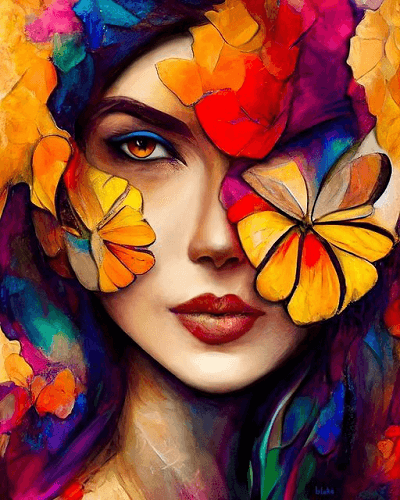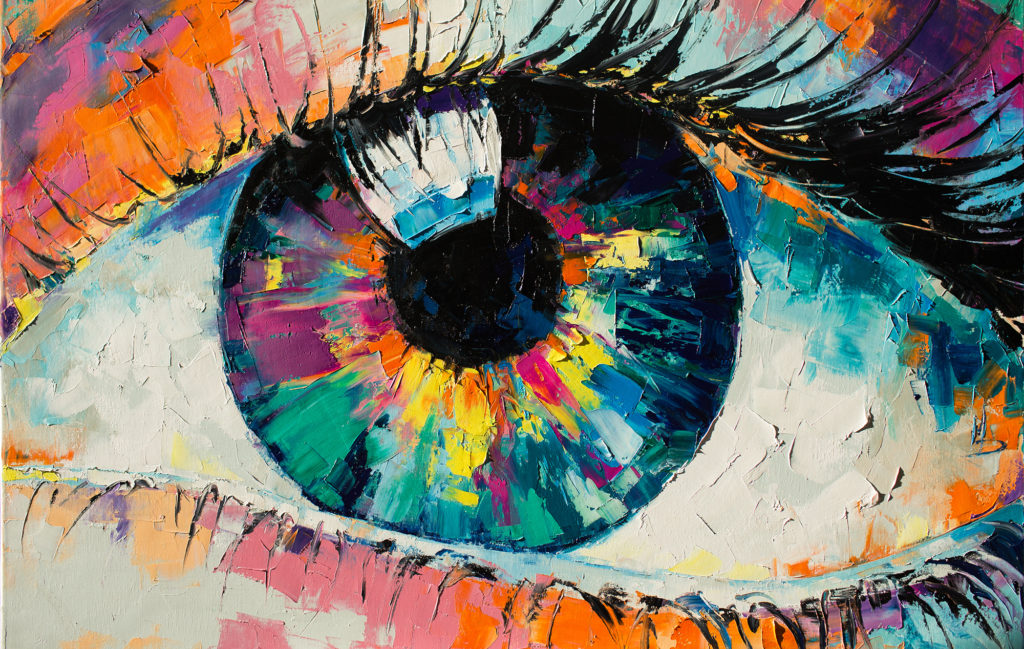A Deep Dive into one of the most Renowned Trump Artworks of Current Years
A Deep Dive into one of the most Renowned Trump Artworks of Current Years
Blog Article
Starting a Visual Journey With the Lyrical Interpretations of Nature in Stylist Landscapes
Each brushstroke, each play of light and darkness, and each color selection in their jobs speaks quantities concerning the artists' deep connection to nature and their capacity to equate its charm onto the canvas. As we explore the lyrical interpretations of nature in Stylist landscapes, we are welcomed to immerse ourselves in a globe where reality and feeling intertwine, offering a glance into the musicians' profound appreciation for the natural globe.
The Fascinating Brushstrokes of Claude Monet
Claude Monet's proficiency of brushstrokes goes beyond simple technique, imbuing his landscapes with a spiritual quality that mesmerizes and captivates visitors - trump art. His cutting-edge use shade and light, incorporated with his unique brushwork, produces a feeling of motion and life within his paintings. Monet's prominent series of jobs depicting water lilies and his famous haystacks display his ability to catch the short lived impacts of light and ambience

Enjoying Light and Darkness With Camille Pissarro
Symbolizing a comparable respect for the interplay of light and shadow, Camille Pissarro's artistic vision unravels as a harmonious exploration of the environment's luminous nuances. Pissarro, a vital number in the Impressionist movement, masterfully caught the vibrant relationship in between light and shadow in his landscapes. His experienced usage of color and brushwork allowed him to communicate the subtle changes in light that specify various times of day and periods.
Pissarro's paints often feature spotted sunlight filtering system through fallen leaves, casting detailed patterns of light and darkness on the planet below. In jobs such as "Hoar Frost, the Effect of Snow, Pontoise," Pissarro skillfully illustrates the crisp illumination of winter sunshine compared with the amazing darkness that specify the snowy landscape. By embracing both light and shadow in his structures, Pissarro invites visitors to immerse themselves in the all-natural charm and short-term effects of light worldwide around them.

Through Pissarro's jobs, we are advised of the transformative power of light and darkness, inviting us to stop briefly and appreciate the short lived moments of elegance present in the day-to-day landscapes that border us.
A Symphony of Color Styles by Edgar Degas
Edgar Degas coordinates a dynamic harmony of shades in his skillful artworks, infusing his compositions with a dynamic interplay of tones that captivate the customer's gaze. Known mostly for his ballet professional dancers and intimate scenes of Parisian life, Degas expertly adjusted colors to convey mood and activity in his paints. trump art. His use of bold, contrasting colors and subtle tonal variants created a feeling of deepness and vibrancy within his jobs
Degas' color scheme commonly was composed of rich blues, deep environment-friendlies, and cozy oranges, which he used with positive brushstrokes to capture the significance of his subjects. Whether depicting a ballerina mid-performance or a team of buddies speaking at a coffee shop, Degas' shades not just portrayed the scene however also stimulated a feeling of feeling and energy.
Moreover, Degas' trial and error with light and darkness included an added layer of intricacy to his shade structures, enhancing the general environment of his paints (trump art). Via his skillful control of color, Degas developed an aesthetic harmony that remains to reverberate with visitors today
Exploring Nature's Calmness With Berthe Morisot
Berthe Morisot's imaginative vision offers a tranquil departure from the vibrant color symphonies of Edgar Degas, as she records the peace of nature in her expressive landscapes. Known for her delicate brushwork and intimate representations of day-to-day life, Morisot's landscapes show a sense of peace and consistency.
Morisot's paintings usually feature soft, muted tones that convey a sense of peace and serenity. Her works, such as "The Cradle" and "Summertime's Day," showcase her ability to catch the subtle elegance of nature in a manner that is both contemplative and soothing to the visitor.
Unlike a few of her Impressionist equivalents that concentrated on dynamic structures and strong colors, Morisot favored to create mild, reflective scenes that welcome the customer to mirror and stop briefly. Through her skillful usage of light and shadow, Morisot produces a sense of peace that reverberates with the customer on a deep emotional level.
The Emotional Landscapes of Vincent Van Gogh
Vincent Van Gogh's landscapes strongly communicate a deepness of emotion with their vibrant brushwork and expressive view use of shade. The Dutch post-impressionist artist is renowned for his ability to capture raw and extreme emotions in his paintings, going beyond typical representations of nature. Van Gogh's turbulent individual life, marked by mental health battles, greatly influenced his art, infusing his landscapes with a feeling of anxiousness, melancholy, or enthusiasm.
In jobs such as "Starry Night" and "Wheatfield with Crows," Van Gogh's swirling brushstrokes and lively color options evoke a profound psychological response from visitors. The turbulent skies and perturbed landscapes in his paints mirror his internal chaos and psychological disturbance, inviting viewers to dig right into the complexities of his mind.
Van Gogh's one-of-a-kind aesthetic language, identified by overstated perspectives and strong use color, creates landscapes that reverberate with audiences on a deeply psychological level. With his art, Van Gogh welcomes us to see nature not equally as an outside reality however as a mirror of our innermost sensations and emotions.
Verdict
To conclude, the impressionist landscapes of artists such as Claude Monet, Camille Pissarro, Edgar Degas, Berthe Morisot, and Vincent Van Gogh offer a captivating and special aesthetic analysis of nature. Through their use of brushstrokes, color, light, and emotion, these artists have actually developed a harmony of photos that stimulate a feeling of tranquility and appeal in the environment. Their works continue to motivate and enchant customers read this post here with their lyrical interpretations of the landscapes around us.
Each brushstroke, each play of light and darkness, and each shade selection in their works talks quantities concerning the musicians' deep connection to nature and their ability to convert its elegance onto the canvas. His innovative use of color and light, combined with his unique brushwork, produces a sense of activity and life within his paintings. His adept usage of color and brushwork allowed him to convey the subtle shifts in light that define various times of day and seasons.

Report this page